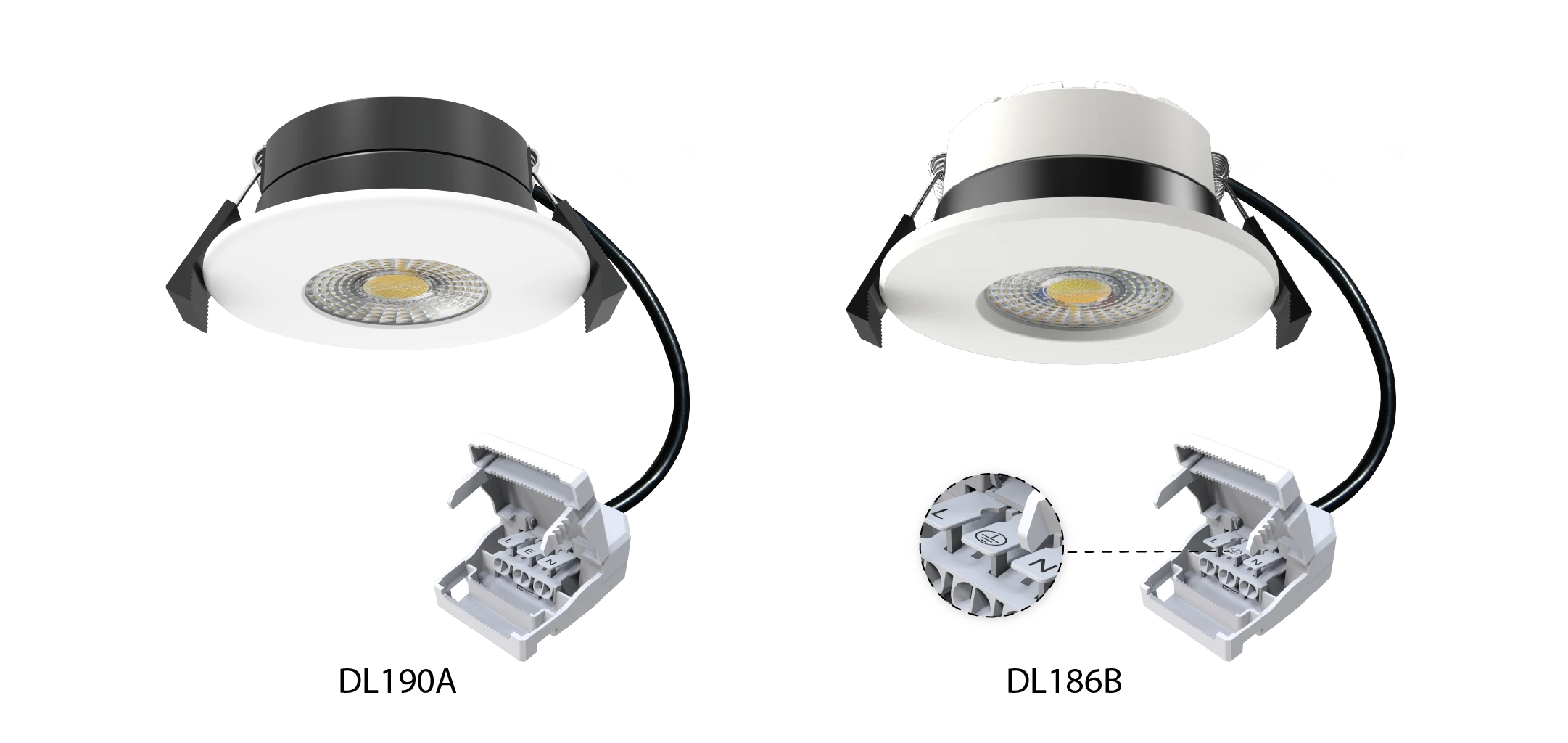Class I vs. Class II Lamps: What's the Difference?
 A-ONE
A-ONE
 Sep 27,2025
Sep 27,2025

"When shopping for lamps, have you noticed those small symbols on the packaging? They're actually the lamp's key 'safety ID' – its protection level against electric shock. Understanding the difference between Class I and Class II lamps helps keep your home safe and makes installation easier. This guide explains them in a straightforward way."
We'll break it down into four parts:
• Core principle: The basic safety differences
• Spot them quickly: By symbols and power cords
• Pros, cons, and best uses
• Ultimate checklist for buyers
Core Principle: The Basic Safety Differences
Think of electrical safety like a car speeding on the highway.
Goal: Make sure if the 'car' crashes (leaks electricity), it doesn't hurt anyone.
Class I Lamps
Like a car with seatbelts and airbags.
How it works: the metal shell connects to the ground via an earth wire. If there's a leak, current flows straight to the ground, preventing shocks.
Key point: must connect the earth wire properly (three-core cable: live, neutral, earth). Without it, protection fails.
Class II Lamps
Like a race car with a super-strong safety cage or armored vehicle.
How it works: Double insulation stops leaks from reaching the shell.
Key point: No need for earth wire (two-core cable: live, neutral). Built-in safety, no reliance on external grounding.
Related Products
We can see the difference in A-ONE LED Lighting products:
• Class 1 downlight :Ultra-thin IP65 Fire Rated Recessed Downlight Multi-functional LED Lighting DL186B
• Class 2 downlight:5W/7W ultra slim Tool-free Fire Rated Downlight DL190A

Spot Them Quickly: By Symbols and Power Cords
Spotting the luminaires type fast is key to electrical safety. Class I and Class II differ a lot in design. Check symbols and cords to tell them apart simply.
Look at Symbols of Label, Box...The Most Reliable 'ID'
• Class I symbol: Grounding icon ( ⏚). Means "this lamp needs safe grounding."

• Class II symbol:The international mark for double insulation, it looks similar to the Chinese character "回"(the concentric square symbol).

Look at Power Cords – The Easiest Hint
• Class I: Usually has a three-core cable (three copper wires inside: live, neutral, earth), with a three-pin plug.
• Class II: Usually has a two-core cable (two copper wires: live, neutral), with a two-pin plug.
Pros, Cons, and Best Uses ?
Class I Lamps
Pros
• Proven tech, often cheaper.
• Great for high-power, metal-shell lamps like big chandeliers or industrial lights – handles power well and stays sturdy.
Cons
• Safety depends fully on good grounding. If wiring is wrong, missing, or fails, protection is gone – risk of shock.
Best Uses
• Fixed spots with reliable grounding, like new homes or factories with big lamps.
• Not for old circuits without earth, portable use, or damp areas (unless extra waterproofing).
Class II Lamps
Pros
• Flexible and safer, no need for grounding – double insulation adds protection.
• Ideal for old houses (no earth wires), portable setups like recessed lighting or floor lamp (plug anywhere safely), or damp spots like bathrooms (pair with IP rating).
Cons
• Higher design and material standards, so might cost a bit more.
Best Uses
• An environment without grounding, such as home lighting (living room).
• Movable or portable lighting, like desk lamps or temp setups.
• Humid areas like bathrooms or kitchens (with right waterproof rating).


Ultimate Checklist for Buyers
For safety, follow these steps when buying and installing. Best to get a pro electrician – avoid DIY risks.
• When buying: Check the lamp body, manual, or box for symbols: " ⏚" (Class I, needs grounding) or ”回” (Class II, double insulation). Go for CCC, CE, or CB certified products. Note product description and warranty.
• Before installing: Check the whole situtaion of wiring.
For Class I, confirm earth wire in walls (test PE line with multimeter). Connect it strictly. If no earth, switch to Class II.
For Class II, more flexible: Connect earth if available (extra safety), but safe without. Still, ensure socket grounding is good.
• In use: Regularly check for hot or warped shells. Don't use non-IP rated lamps in damp spots. Never remove Class I earth terminals or force Class II plugs into old sockets – it ignores the insulation.
• Extra tip: Look at energy labels (A+ or better) and light types (LED is more efficient and safe). For kids' rooms, prefer Class II to cut accident risks.
What is the most important ?
Getting the basics of lamp safety ratings helps make your home lighting bright and secure. Class I protects via reliable grounding; Class II uses double insulation for standalone safety. Pick based on your wiring and needs, follow the checklist, and dodge risks. Hope this guide lights your way to safety! What confuses you when buying lamps? Share your stories or questions – let's chat about safer lighting.

 Home
Home Perfect Mid-Autumn Festival Vibe with A-ONE LED Lights
Perfect Mid-Autumn Festival Vibe with A-ONE LED Lights 


 2F, Building 2, Zhongda Industrial Park, Dongshan Industrial Street, Zhangmutou Town, Dongguan, Guangdong 523619, China
2F, Building 2, Zhongda Industrial Park, Dongshan Industrial Street, Zhangmutou Town, Dongguan, Guangdong 523619, China










